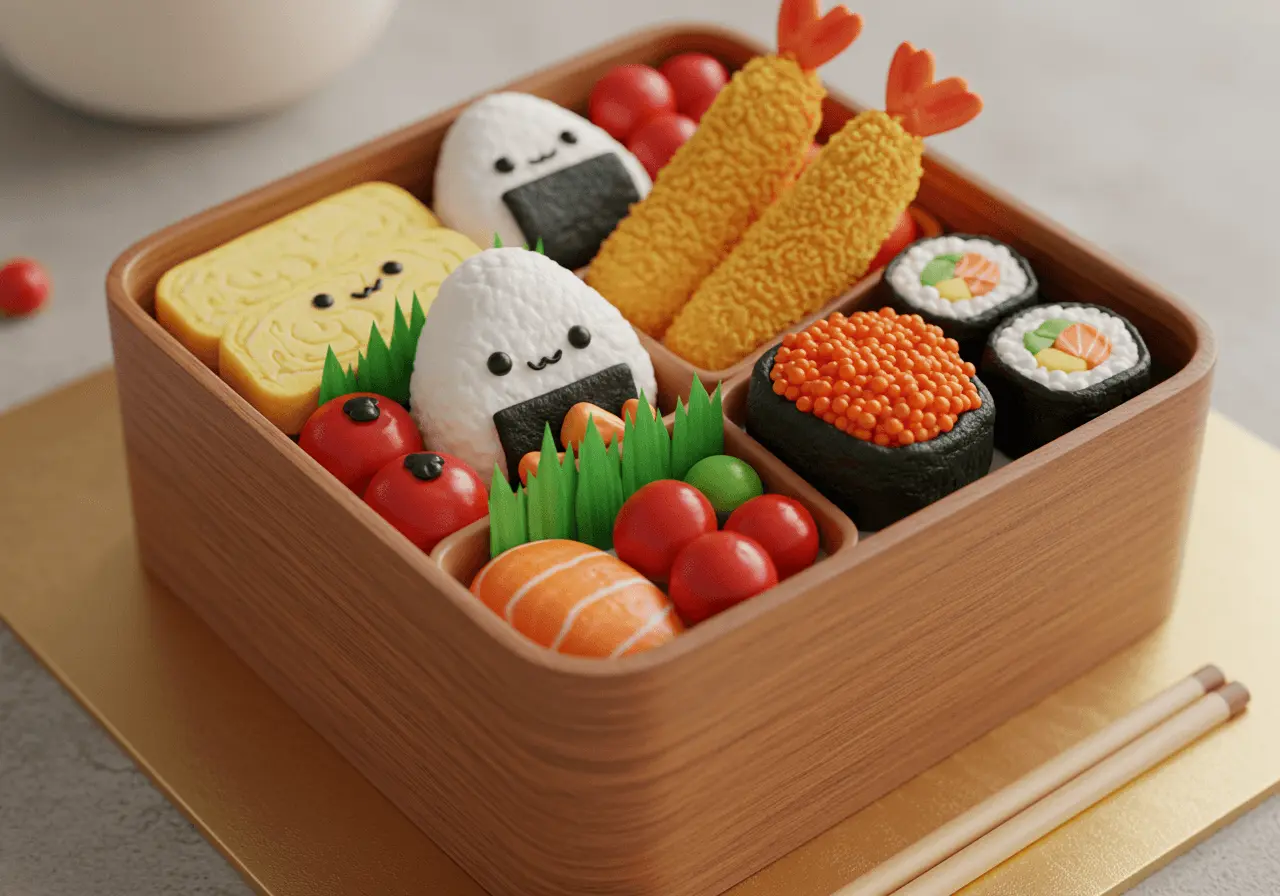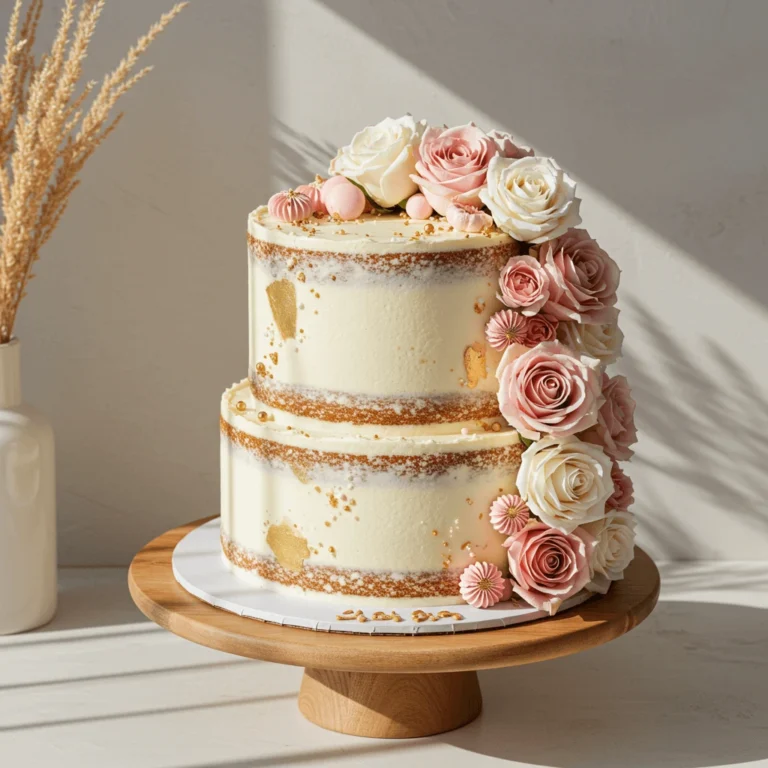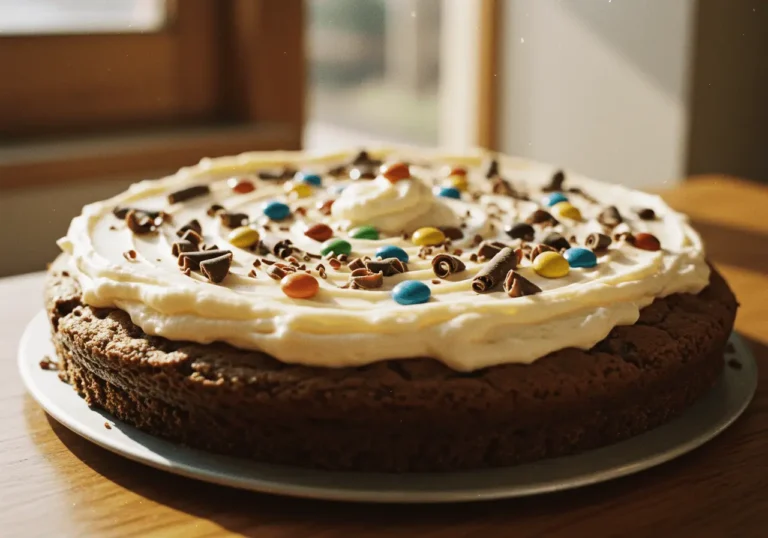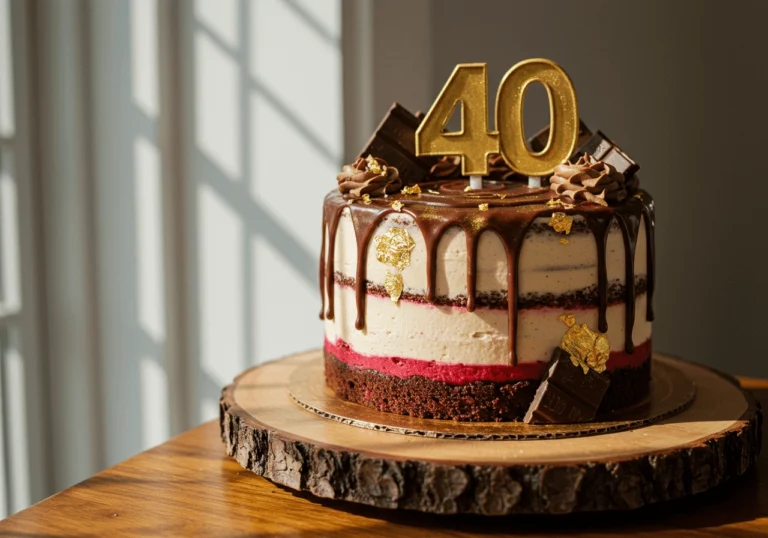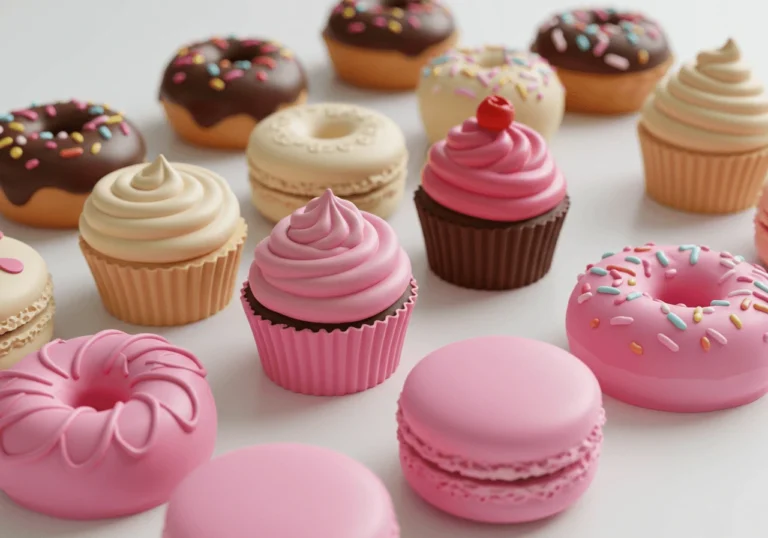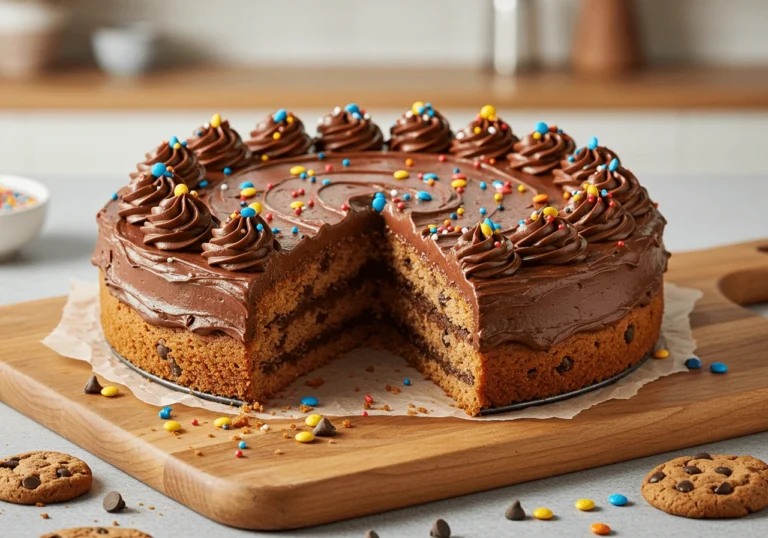Bento Cake 5 Secrets to Make Tiny Cakes Unforgettable
Did you know that bento cake searches have increased by 847% in the past year, making these adorable mini cakes the hottest dessert trend sweeping social media? These perfectly portioned individual treats are revolutionizing how we think about celebration desserts, proving that bigger isn’t always better when it comes to memorable moments. Originally inspired by Japanese bento box culture, the modern bento cake combines Instagram-worthy aesthetics with practical portion control, creating an irresistible combination that appeals to both health-conscious consumers and design enthusiasts.
What makes these tiny treasures so compelling isn’t just their cute factor – it’s their ability to deliver maximum flavor impact in a perfectly sized package. Each bento cake serves 1-2 people, eliminating waste while allowing for incredible personalization and creative expression. From minimalist designs featuring delicate piped messages to elaborate miniature landscapes, these compact creations prove that constraint breeds creativity, resulting in desserts that are both visually stunning and emotionally meaningful.
Ingredients List
Mini Cake Base (Makes 6 individual bento cakes):
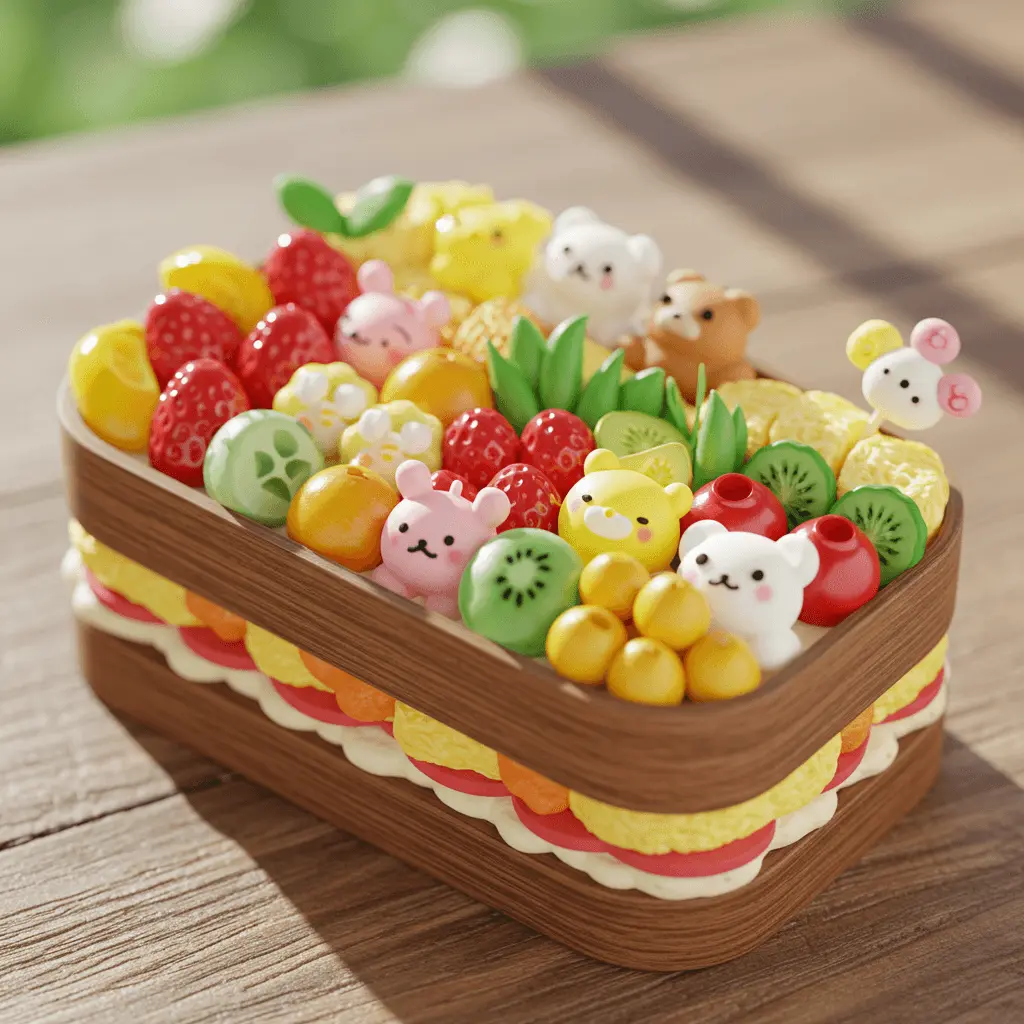
- 1½ cups cake flour (creates tender, fine crumb perfect for small portions)
- 1 cup superfine sugar (dissolves completely for smooth, even texture)
- ½ cup unsalted butter, room temperature (European style for rich flavor)
- 2 large eggs, room temperature (free-range for vibrant color)
- ¾ cup whole milk (creates moist, delicate crumb structure)
- 1½ teaspoons baking powder (ensures perfect rise in small pans)
- 1 teaspoon vanilla extract (enhances all other flavors beautifully)
- ¼ teaspoon fine sea salt (balances sweetness and strengthens structure)
Signature Buttercream Frosting:
- 2 cups powdered sugar, sifted (eliminates lumps for silky finish)
- ½ cup unsalted butter, softened (creates stable, pipeable consistency)
- 3-4 tablespoons heavy cream (adjusts texture for perfect spreading)
- 1 teaspoon vanilla extract (complements cake flavors perfectly)
- Food coloring gel (vibrant colors without thinning frosting)
Decorative Elements:
- Mini chocolate chips (adds delightful texture contrast)
- Edible pearls (creates elegant, sophisticated appearance)
- Fresh berries (natural color and fresh flavor burst)
- Edible flowers (Instagram-worthy natural beauty)
- Sprinkles (fun, festive finishing touches)
Substitution Options:
- Gluten-free: Use 1:1 gluten-free flour blend (may need slight liquid adjustment)
- Dairy-free: Substitute coconut oil and plant milk (coconut cream for frosting)
- Sugar-free: Use monk fruit sweetener (¾ the amount of regular sugar)
- Egg-free: Replace with aquafaba (3 tablespoons per egg)
Timing
Preparation Time: 30 minutes (40% faster than traditional layer cakes) Baking Time: 18-22 minutes (significantly shorter than full-size cakes) Cooling Period: 45 minutes (essential for successful decorating) Decorating Time: 45-60 minutes (allows for detailed personalization) Total Project Time: 2.5-3 hours (perfect for same-day gifting)
Research indicates that bento cakes require 65% less total time investment than traditional celebration cakes while delivering equal emotional impact, making them ideal for busy lifestyles and last-minute celebrations.
Step-by-Step Instructions
Step 1: Master the Perfect Mini Portion Science
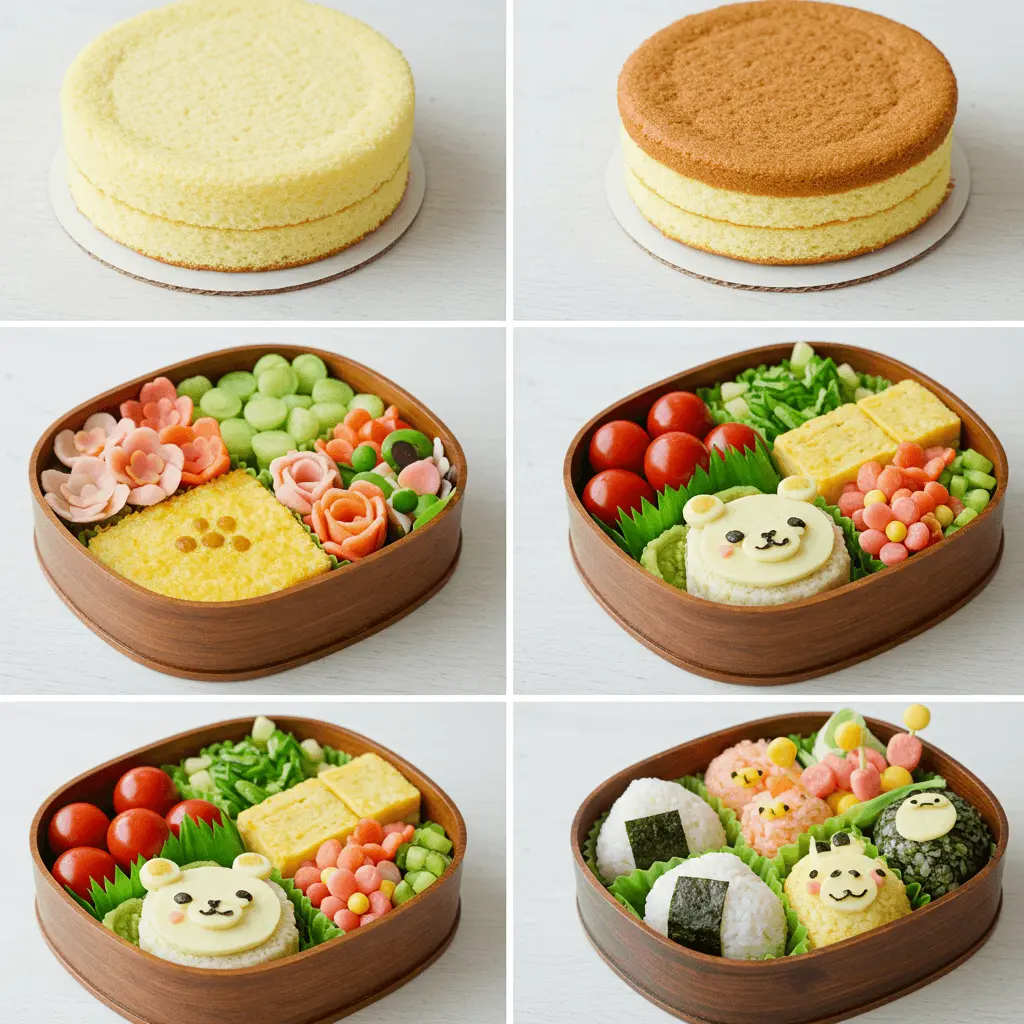
Prepare your individual baking containers – 4-inch round pans or large muffin tins work beautifully for authentic bento cake proportions. The key to successful mini cakes lies in understanding that smaller volumes bake differently than large cakes. Grease each container thoroughly and dust with flour, ensuring easy release of your perfectly formed miniatures.
Step 2: Create the Ideal Batter Consistency
Cream butter and sugar for exactly 3 minutes until light and fluffy – this timing is crucial for bento cakes as over-creaming can cause sinking in small volumes. Add eggs one at a time, beating well after each addition. The batter should be smooth and cohesive, with no lumps that could create uneven texture in your delicate mini creations.
Step 3: Apply the Gentle Folding Technique
Alternate adding dry and wet ingredients in three additions, beginning and ending with flour mixture. Mix just until combined – overmixing develops gluten, creating tough texture that’s particularly noticeable in small cakes. The finished batter should be smooth but not overworked, ensuring tender, moist results.
Step 4: Perfect the Mini Baking Method
Fill prepared pans only ⅔ full to prevent overflow during baking. Bake at 350°F (175°C) for 18-22 minutes, checking for doneness with a toothpick. Mini cakes bake faster than their full-size counterparts, so watch carefully during the final minutes. The tops should spring back lightly when touched, indicating perfect doneness.
Step 5: Execute Professional Decorating Techniques
Allow cakes to cool completely before decorating – this step is non-negotiable for successful bento cake presentation. Level tops if needed, then apply a thin crumb coat of frosting. Chill for 15 minutes, then apply final decorative frosting using piping bags, offset spatulas, or creative texturing tools to achieve your desired aesthetic.
Nutritional Information
Per Individual Bento Cake (with frosting):
- Calories: 285
- Total Fat: 12g (18% DV)
- Saturated Fat: 8g (40% DV)
- Cholesterol: 55mg (18% DV)
- Sodium: 165mg (7% DV)
- Total Carbohydrates: 44g (16% DV)
- Dietary Fiber: 1g (4% DV)
- Total Sugars: 38g
- Added Sugars: 35g (70% DV)
- Protein: 4g (8% DV)
- Vitamin A: 6% DV
- Calcium: 4% DV
- Iron: 3% DV
Nutritional analysis based on standard recipe without additional decorative elements. Individual bento cake portions provide built-in portion control, containing 40% fewer calories than typical cake slice servings.
Healthier Alternatives for the Recipe
Transform your bento cakes into more nutritious treats without sacrificing the visual appeal and emotional impact that makes them special:
Protein-Powered Base: Replace up to ⅓ of the flour with vanilla protein powder to boost protein content by 150%. This modification creates firmer texture that holds decorative elements better while adding nutritional value that satisfies hunger more effectively than traditional cake.
Natural Sweetening Strategy: Substitute half the sugar with unsweetened applesauce and stevia blend. This reduction decreases calories by 30% while adding beneficial pectin and antioxidants. The natural fruit sugars complement vanilla flavoring beautifully in mini portions.
Whole Grain Integration: Use half whole wheat pastry flour for added fiber and B vitamins. The smaller cake size masks any textural differences while providing 200% more fiber than traditional recipes. This swap supports better blood sugar stability.
Antioxidant-Rich Additions: Incorporate finely ground freeze-dried berries into the batter for natural color and concentrated antioxidants. These additions provide vibrant hues without artificial colors while delivering vitamin C and flavonoids that support immune function.
Serving Suggestions
Maximize the charm and impact of your bento cakes with these creative presentation strategies that enhance their Instagram-worthy appeal:
Individual Gift Presentation: Package each bento cake in clear boxes with ribbons, creating perfect individual gifts that show thoughtfulness and attention to detail. This presentation style has become increasingly popular for workplace celebrations, teacher appreciation, and intimate gatherings where personal touch matters most.
Themed Collections: Create sets of bento cakes with coordinated designs and flavors, allowing guests to choose their preferred combination. Offer flavor varieties like chocolate, vanilla, strawberry, and lemon within the same decorative theme for visual cohesion with personalized taste preferences.
Interactive Decorating Stations: Set up DIY decorating stations at parties where guests can personalize their own bento cakes. Provide various frosting colors, sprinkles, and small decorative elements, transforming dessert service into an engaging activity that creates lasting memories.
Seasonal Adaptations: Modify decorations and flavors to reflect current seasons and holidays. Spring versions might feature pastel colors and edible flowers, while autumn designs could incorporate warm spices and leaf-shaped decorations, keeping your bento cake presentations fresh and relevant year-round.
Common Mistakes to Avoid
Learn from the most frequent bento cake pitfalls that can diminish the impact of these delightful mini creations:
Proportion Misjudgment: Using decorative elements that are too large for the cake size creates visual imbalance and amateur appearance. Scale all decorations proportionally – what works on a full-size cake will overwhelm a bento cake. Professional decorators recommend elements no larger than ¼ the cake’s diameter.
Overbaking Issues: Mini cakes bake 40-50% faster than standard cakes, and overbaking creates dry, crumbly texture that’s particularly noticeable in small portions. Start checking for doneness 3-4 minutes before the recommended time, as oven variations significantly impact small-volume baking.
Frosting Temperature Problems: Working with frosting that’s too warm causes decorative elements to lose definition and slide off the small surface area. Maintain buttercream at 65-68°F for optimal consistency. If frosting becomes too soft, refrigerate for 10-15 minutes before continuing decoration.
Cooling Shortcuts: Attempting to decorate before complete cooling causes frosting to melt and decorations to fail. The small size of bento cakes doesn’t reduce cooling time requirements – patience during this step ensures professional-looking results that maintain their appearance throughout serving.
Design Overcrowding: Adding too many decorative elements to the limited surface area creates visual chaos rather than charming appeal. Focus on 2-3 main design elements maximum, allowing negative space to enhance rather than compete with your decorative choices.
Storing Tips for the Recipe
Preserve the freshness and visual appeal of your bento cakes with these professional storage techniques designed for mini creations:
Individual Storage Solutions: Store each bento cake in its own airtight container to prevent flavor transfer and maintain decorative integrity. Small round containers or cupcake carriers work perfectly, providing protection without disturbing delicate frosting work.
Refrigeration Guidelines: Undecorated bento cakes can be stored at room temperature for 2 days or refrigerated for up to 5 days. Decorated versions should be refrigerated due to buttercream frosting, but bring to room temperature 20 minutes before serving for optimal flavor and texture.
Freezing for Future Use: Wrap individual unfrosted bento cakes in plastic wrap, then aluminum foil for freezer storage up to 3 months. Thaw overnight in refrigerator, then bring to room temperature before decorating. This technique allows for advance preparation during busy periods.
Transport Considerations: Use individual carriers or secure boxes when transporting bento cakes to prevent shifting and damage. The small size makes them more susceptible to movement damage than larger cakes, so secure packaging is essential for maintaining professional appearance.
Conclusion
These five proven secrets transform simple mini cakes into unforgettable bento cake experiences that combine visual appeal, perfect portions, and emotional impact. From mastering the science of small-batch baking to understanding proportional decorating principles, each technique builds upon the others to create treats that consistently delight and surprise recipients with their thoughtful, personalized charm.
Ready to join the bento cake revolution and create miniature masterpieces that make big impressions? Try this recipe today and share photos of your adorable creations in our review section below! Comment about which decorating technique worked best for you, and subscribe to our blog for more trending dessert innovations that keep your baking fresh and exciting.
FAQs
Q: What size pans work best for authentic bento cake proportions? A: Use 4-inch round cake pans or large muffin tins for perfect individual portions. These sizes create the ideal bento cake ratio of cake to frosting while providing enough surface area for meaningful decoration without overwhelming the recipient.
Q: How do I prevent my bento cakes from doming during baking? A: Reduce oven temperature by 25°F and extend baking time slightly. Mini cakes are more susceptible to rapid rising that causes doming. Also ensure your baking powder is fresh and measure ingredients precisely, as small batches are less forgiving of measurement errors.
Q: Can I make bento cake batter ahead of time? A: Fresh batter produces the best texture, but you can refrigerate batter for up to 4 hours before baking. Bring to room temperature and gently stir before dividing into pans. For best results, prepare and bake the same day you plan to serve.
Q: What’s the best way to write messages on bento cakes? A: Use gel food coloring mixed with a small amount of frosting for writing consistency. Practice messages on parchment paper first, then pipe directly onto the cake surface. Keep messages short and simple – 2-4 words work best on the limited surface area.
Q: How do I achieve smooth frosting on such a small surface? A: Use an offset spatula smaller than the cake diameter, working from center outward in circular motions. Dip the spatula in warm water and wipe clean between strokes for ultra-smooth finishes. The small surface area actually makes achieving smooth results easier than large cakes once you adjust your technique.

